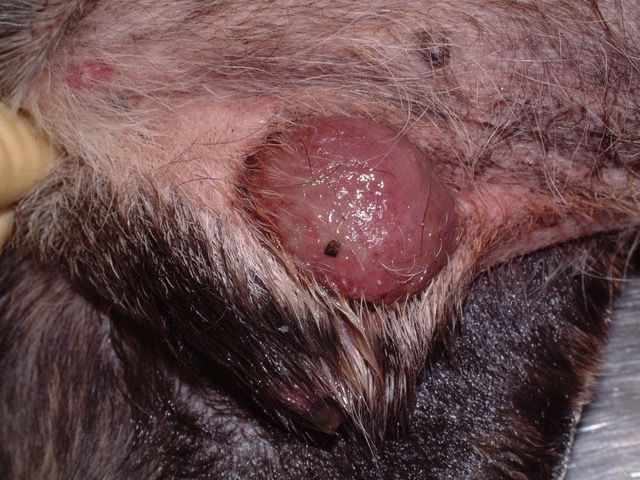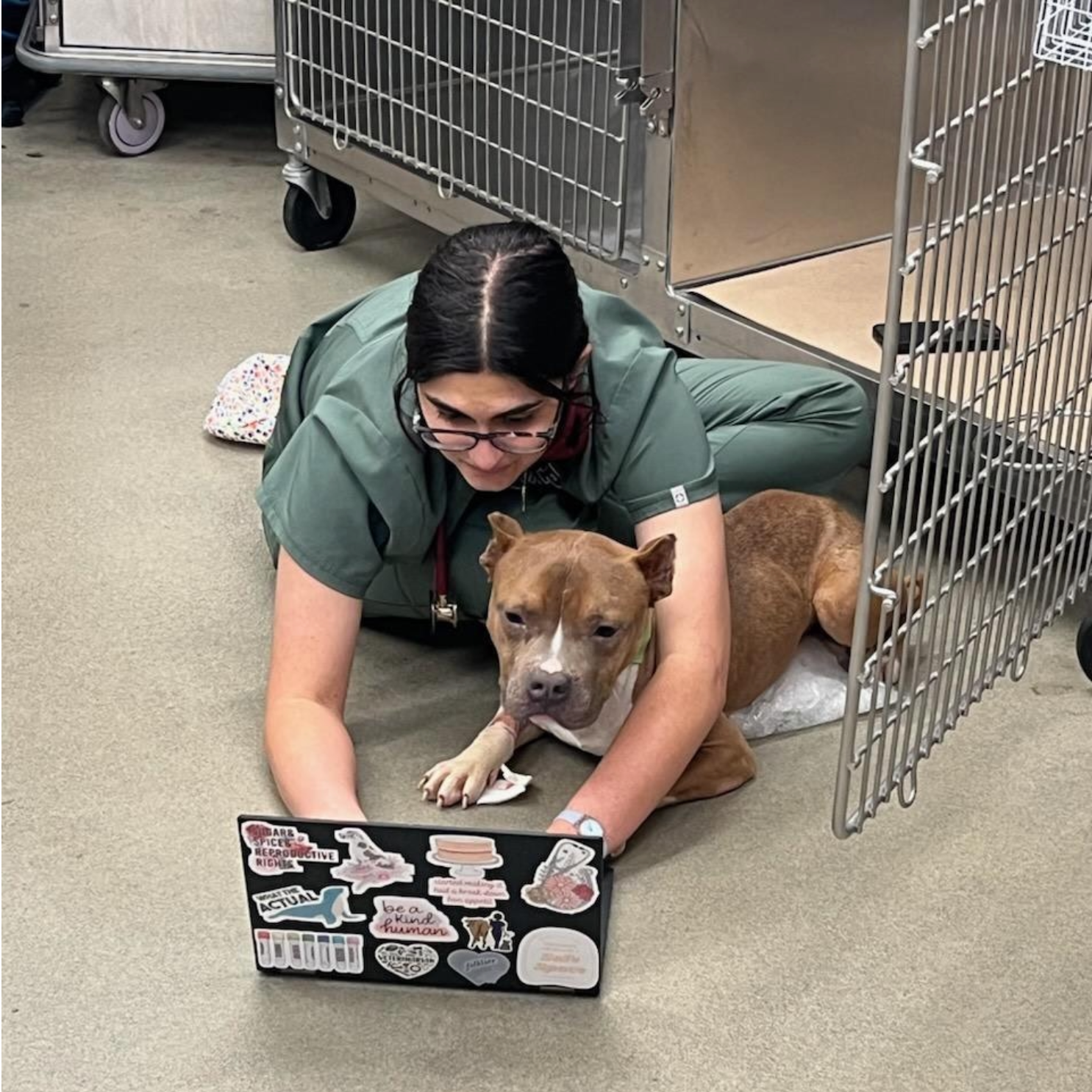Skin Cancer in Dogs & Cats

Skin Cancer in Dogs & Cats
Skin cancer is one of the biggest concerns among pet owners as it can affect any age and breed. Knowing the signs of skin cancer in dogs and cats and the available treatment options can help with early detection and ongoing management.
Understanding skin cancer in dogs and cats
Skin cancer is one of the most common types of cancer in pets. Studies have shown that approximately 1 in 4 dogs and 1 in 5 cats will develop cancer at some point in their lives, with skin cancer being a prevalent form. Therefore, early detection and treatment are critical for improving the prognosis and quality of your pet’s life.
Signs of skin cancer in dogs:
- Once you know what to look for, you may be able to recognize the potential signs of skin cancer in your dog. Common signs of skin cancer in dogs include:
- Unusual lumps or bumps on the skin
- Sores that don’t heal
- Bleeding or discharge from the skin
- Changes in the appearance of a mole or wart
- Itching or discomfort in specific areas
Types of skin cancer in dogs:
- Mast cell tumors in dogs: Mast cell tumors are a common type of skin cancer in dogs – they appear most commonly as raised, often pink or red in color, circular, sometimes ulcerated lumps on the skin and can develop almost anywhere on your pet’s body. They can develop under the skin also, wherein you would feel a firm, rounded lump, under the skin. However, mast cell tumor can look like ANY TYPE of skin mass and always remains in our differential. The cause isn’t entirely understood, but genetic factors and environmental influences can play a role. Breeds such as boxers, English bulldogs, golden retrievers, cocker spaniels and Boston terriers are typically at a higher risk for developing mast cell tumors.
- Melanoma in dogs: Melanomas are tumors that originate from pigment-producing cells in the skin. They tend to appear most commonly in a dog’s mouth, toes and on the skin. Though commonly black in color, they can be non-pigmented or mottled. They can also be difficult to identify, as sometimes they will be a distinct, round mass, but other times a raised, flat-topped area. Melanoma in dogs can be benign or malignant. Melanoma of the mouth and toes are commonly malignant, whereas those on the skin are more often benign. A few breeds are more prone to developing melanoma, including miniature poodles, cocker spaniels and golden retrievers.
- Squamous cell carcinomas in dogs: A squamous cell carcinoma is a type of malignant tumor that affects areas of the skin that are frequently exposed to sunlight, particularly the nose, ears and abdomen. They often appear as a firm, raised mass with a rough surface. Breeds with short or thin coats are often more susceptible, such as boxers, German shorthaired pointers and beagles.
Signs of skin cancer in cats:
- Skin cancer symptoms in cats can be subtle, making ongoing vigilance important for cat owners. A few common signs of skin cancer in cats you can look out for include:
- Lumps or growths on the skin
- Persistent sores, wounds or scabs
- Redness or swelling in specific areas
- Changes in skin pigmentation
- Hair loss in localized areas
Types of skin cancer in cats:
- Mast cell tumors in cats: Mast cell tumors in cats tend to appear as solitary, raised nodules on the skin. They are usually benign but sometimes can become malignant. The cause of these tumors isn’t well understood, but older cats are more commonly affected.
- Basal cell carcinoma in cats: These slow-growing cancers originate from the basal cells in your cat’s skin. They usually present as a firm, raised mass with a smooth or ulcerated surface. More common in older cats, this type of cancer can have a higher incidence in Himalayan, Persian and Siamese breeds.
- Squamous cell carcinomas in cats: Squamous cell carcinoma in cats is often linked to prolonged sun exposure, often showing up in areas with little hair, especially around their nose, ears and eyelids. They look like red, crusty lesions that won’t heal by themself. This is often seen as a scab, that lifts away, exposing ulcerated tissue underneath, which then scabs over again. This process repeats, removing more tissue each time, creating deeper ulcerations and tissue loss. If you have a white or light-colored cat, know they tend to be more prone to this type of cancer. Squamous cell carcinoma of the mouth is often seen as a raised, pink/red, fleshy or ulcerated region within the mouth and is highly invasive.
What are common treatments for skin masses in dogs and cats?
- Surgery: Treatment for most skin cancers involves surgical removal of the tumor and some surrounding tissue to ensure complete excision.
- Radiation therapy: Used for tumors that can’t be easily removed with surgery or when surgery alone is insufficient.
- Chemotherapy: May be recommended for certain types of cancer or when the cancer has spread.
- Cryotherapy: Involves freezing small, superficial tumors with liquid nitrogen.
What are some prevention tips?
Preventing skin cancer in pets is possible by minimizing risk factors and having regular check-ups with us. Some top prevention tips include:
- Sun protection: Limit your pet’s exposure to direct sunlight, especially during peak hours in the middle of Summer. You can even use pet-safe sunscreen on vulnerable areas like their nose.
- Healthy diet: Feed your pet a balanced diet rich in antioxidants to support overall health and immune system function.
- Regular skin checks: Check your pet’s skin regularly for unusual lumps or bumps and have them vet checked if any are found. Early detection will provide the best chance for treatment.
- Regular vet visits: Check-ups are the best way to spot the early signs of skin cancer and manage any other health issues.


